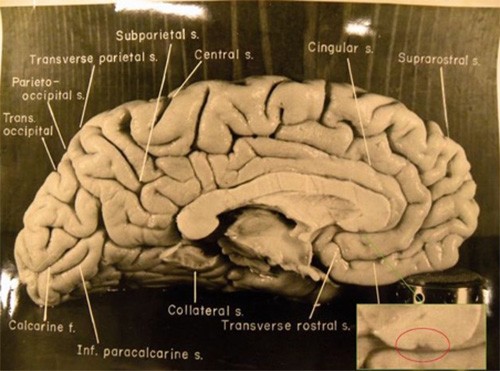The human brain, a complex and dynamic organ, possesses an extraordinary ability to learn and adapt throughout life. This remarkable capacity, known as neuroplasticity, allows us to acquire new knowledge, master new skills, and recover from injuries. This article delves into the fascinating science behind how the brain learns, exploring the intricate mechanisms of neuron connections, the role of neurogenesis, and the implications for education.
The Ever-Changing Brain: Dispelling the Myths of Fixed Development
Contrary to outdated beliefs, the brain is not a static entity that reaches full development in early childhood. Instead, it continuously evolves and rewires itself based on our experiences and learning. This ongoing process of change is driven by two primary mechanisms: synaptogenesis and neurogenesis. While genetics play a role in brain development, learning and experience are equally crucial in shaping its architecture.
Synaptogenesis: The Power of Connection
Learning and memory are fundamentally intertwined. Every new piece of information learned or skill acquired results in physical changes within the brain. These changes primarily occur at the synapses, the tiny gaps between neurons where communication takes place. Synaptogenesis, the formation of new synapses, and the strengthening of existing ones, known as long-term potentiation (LTP), are central to learning.
When neurons fire together repeatedly, the connections between them become stronger, solidifying the associated learning. This principle, known as Hebbian learning (“neurons that fire together, wire together”), underscores the importance of repeated practice and engagement for effective learning.
Neurogenesis: The Birth of New Neurons
While most neurons are present at birth, a specific brain region called the hippocampus continues to generate new neurons throughout life. This process, called neurogenesis, is crucial for memory formation and spatial navigation. Research suggests that approximately 700 new neurons are added to each hippocampus daily, contributing to roughly one-third of its neurons by the age of 60.
Factors like exercise, a healthy diet, stress reduction, and even learning itself can boost neurogenesis. While the precise impact of enhancing neurogenesis on overall cognitive function remains an active area of research, its role in learning and memory is undeniable.
Neuroplasticity in Action: Real-World Examples
The brain’s remarkable plasticity is evident in various real-world scenarios. Studies of London taxi drivers, renowned for their exceptional spatial navigation skills, reveal an enlarged hippocampus, reflecting the brain’s adaptation to their demanding profession. Similarly, musicians who play string instruments exhibit an expanded sensory brain region dedicated to the left hand, showcasing the impact of practice on brain structure.
Even Albert Einstein’s brain offered insights into the power of connectivity. Analysis of photographs revealed a thicker corpus callosum, the bridge connecting the brain’s hemispheres, suggesting enhanced communication between them and potentially contributing to his exceptional intellect.
Educational Implications: Fostering Lifelong Learning
Understanding how the brain learns has profound implications for education. It emphasizes that learning is a continuous process, not limited by age or pre-determined abilities. By fostering engaging and stimulating learning environments, educators can leverage the brain’s inherent plasticity to promote deeper understanding and skill development.
Connecting new information to existing knowledge, rather than relying on rote memorization, strengthens neural pathways and facilitates more meaningful learning. Encouraging active participation, problem-solving, and real-world applications further enhances the learning process by promoting the formation and strengthening of neural connections.
Conclusion: Embracing the Power of Neuroplasticity
The brain’s capacity to learn and adapt is a testament to its remarkable plasticity. By understanding the mechanisms of synaptogenesis and neurogenesis, we gain valuable insights into how we acquire knowledge and skills. This knowledge empowers us to optimize learning strategies, foster lifelong learning, and appreciate the incredible potential of the human brain.
